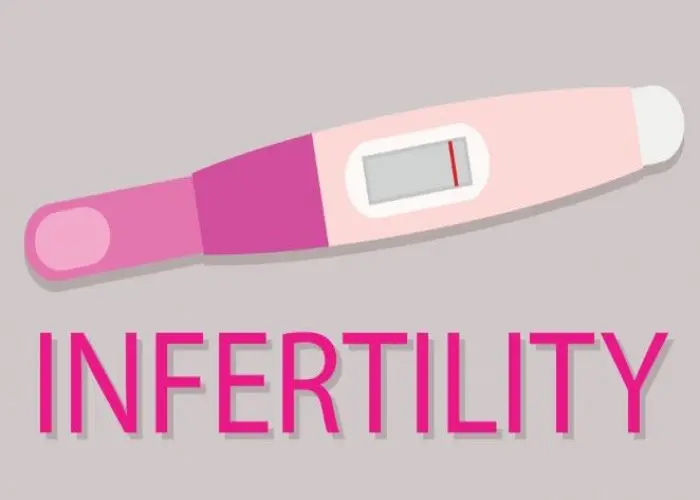 Welcome
Welcome
“May all be happy, may all be healed, may all be at peace and may no one ever suffer."
Craniosynostosis

Craniosynostosis is a condition in which the bones of a baby's skull fuse together prematurely, before the baby's brain has fully developed. This can cause the skull to grow in an abnormal shape, which can lead to developmental delays, learning disabilities, and other neurological problems.
Craniosynostosis is a rare condition that affects about 1 in every 2,000 babies. The cause of the condition is not fully understood, but it is believed to be related to genetic factors or abnormal development of the fetus.
Symptoms of craniosynostosis may include an abnormally shaped head, asymmetrical facial features, or an unusual pattern of skull sutures. In severe cases, the condition may also lead to increased pressure on the brain, which can cause headaches, seizures, or other neurological problems.
Treatment for craniosynostosis typically involves surgery to reshape the skull and relieve pressure on the brain. The surgery is typically performed during the baby's first year of life and is often successful in correcting the abnormal shape of the skull and preventing further neurological problems.
Long-term outcomes for babies with craniosynostosis can vary, depending on the severity of the condition and the effectiveness of the surgical treatment. Some babies may experience developmental delays or learning disabilities, while others may have normal cognitive development. With early diagnosis and appropriate treatment, however, most babies with craniosynostosis are able to live healthy and fulfilling lives.
Research Papers
Disease Signs and Symptoms
- Genetic problems
- An abnormal feeling or disappearing fontanel on your baby's skull
Disease Causes
Craniosynostosis
Often the cause of craniosynostosis is not known, but sometimes it's related to genetic disorders.
- Nonsyndromic craniosynostosis is the most common type of craniosynostosis, and its cause is unknown, although it's thought to be a combination of genes and environmental factors.
- Syndromic craniosynostosis is caused by certain genetic syndromes, such as Apert syndrome, Pfeiffer syndrome or Crouzon syndrome, which can affect your baby's skull development. These syndromes usually also include other physical features and health problems.
Disease Prevents
Disease Treatments
Mild cases of craniosynostosis may not need treatment. Your doctor may recommend a specially molded helmet to help reshape your baby's head if the cranial sutures are open and the head shape is abnormal. In this situation, the molded helmet can assist your baby's brain growth and correct the shape of the skull.
However, for most babies, surgery is the primary treatment. The type and timing of surgery depends on the type of craniosynostosis and whether there's an underlying genetic syndrome. Sometimes more than one surgery is required.
The purpose of surgery is to correct the abnormal head shape, reduce or prevent pressure on the brain, create room for the brain to grow normally, and improve your baby's appearance. This involves a process of planning and surgery.
Surgical planning
Imaging studies can help surgeons develop a surgical procedure plan. Virtual surgical planning for treatment of craniosynostosis uses high-definition 3D CT scans and MRIs of your baby's skull to construct a computer-simulated, individualized surgical plan. Based on that virtual surgical plan, customized templates are constructed to guide the procedure.
Surgery
A team that includes a specialist in surgery of the head and face (craniofacial surgeon) and a specialist in brain surgery (neurosurgeon) generally performs the procedure. Surgery can be done by endoscopic or open surgery. Both types of procedures generally produce very good cosmetic results with low risk of complications.
- Endoscopic surgery. This minimally invasive surgery may be considered for babies up to age 6 months. Using a lighted tube and camera (endoscope) inserted through small scalp incisions, the surgeon removes the affected suture to enable your baby's brain to grow normally. Compared with an open procedure, endoscopic surgery has a smaller incision, typically involves only a one-night hospital stay and usually does not require a blood transfusion.
- Open surgery. Generally, for babies older than 6 months, open surgery is done. The surgeon makes an incision in the scalp and cranial bones, then reshapes the affected portion of the skull. The skull position is held in place with plates and screws that are absorbable. Open surgery typically involves a three- or four-day hospital stay, and blood transfusion is usually necessary. It's generally a one-time procedure, but in complex cases, multiple open surgeries are often required to correct the baby's head shape.
Helmet therapy
After endoscopic surgery, office visits at certain intervals are required to fit a series of helmets to help shape your baby's skull. The surgeon will determine the length of helmet therapy based on how quickly the shape responds to treatment. If open surgery is done, no helmet is needed afterward.
Disease Diagnoses
Disease Allopathic Generics
Disease Ayurvedic Generics
Disease Homeopathic Generics
Disease yoga
Craniosynostosis and Learn More about Diseases

Asthma attack

Edema

Narcissistic personality disorder

Pituitary tumors

Infertility (Sterility)

Trichomoniasis

Jellyfish stings

Bile reflux
Craniosynostosis, Crouzon syndrome, Pfeiffer syndrome, ক্র্যানোসিনোস্টোসিস
To be happy, beautiful, healthy, wealthy, hale and long-lived stay with DM3S.
